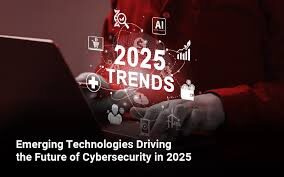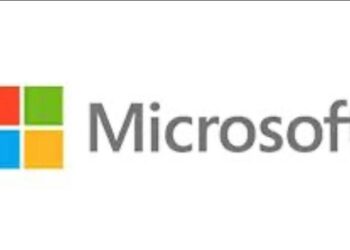Cybercrime is evolving fast, and no industry is safe. From hospitals to online stores, hackers are targeting businesses that handle sensitive data and financial transactions. Let’s take a look at how different industries are fighting back and what cybersecurity trends are shaping 2025.
- Healthcare: Protecting Patient Data Like Gold
Hospitals and clinics store millions of patient records, making them a prime target for cyberattacks. Hackers love stealing medical data because it contains personal details, insurance info, and even payment data.
- Trend: AI-Powered Security – Hospitals are using AI to detect cyber threats before they happen.
- Trend: Zero Trust Security – Strict access controls ensure that only authorized staff can view sensitive data.
- Trend: Ransomware Defense – Healthcare providers are investing in stronger backups to fight ransomware attacks that lock patient records.
- Financial Services: Beating Hackers at Their Own Game
Banks, fintech startups, and payment processors handle billions in transactions daily. With online banking and digital payments growing, cybercriminals are constantly looking for loopholes.
- Trend: Biometric Authentication – Say goodbye to weak passwords! Banks now use fingerprints and facial recognition to secure accounts.
- Trend: Blockchain Security – Decentralized systems make it harder for hackers to alter transactions.
- Trend: AI Fraud Detection – AI algorithms track suspicious transactions and block fraud in real time.
- Retail & E-Commerce: Keeping Hackers Out of Your Cart
Online shopping is booming, but so are credit card fraud and phishing scams. Hackers target customer data, payment info, and even retailer supply chains.
- Trend: Secure Payment Gateways – More businesses are using end-to-end encryption for safer transactions.
- Trend: Multi-Factor Authentication (MFA) – Customers must verify their identity before making big purchases.
- Trend: Bot Protection – AI tools are stopping fake traffic and bot attacks that crash e-commerce sites.
- Government & Public Sector: Cyber Defense for National Security
Governments hold tons of sensitive data, from tax records to intelligence files. Cyber warfare is a real threat, with hackers trying to breach national security systems.
- Trend: National Cybersecurity Strategies – Governments are launching cybersecurity task forces to protect digital infrastructure.
- Trend: Endpoint Security – Government workers must use secured devices to prevent data leaks.
- Trend: Public Awareness Campaigns – More focus on educating citizens about cyber hygiene and scam prevention.
- Manufacturing & Industrial IoT: Protecting Smart Factories
Factories are becoming smarter, using IoT (Internet of Things) devices to automate production. But these devices can be hacked, causing shutdowns, data theft, or even sabotage.
- Trend: IoT Security Upgrades – Companies are installing firewalls and encryption for connected machines.
- Trend: Cyber-Physical Security – More investment in securing both physical and digital assets.
- Trend: AI Threat Detection – Factories use AI-driven monitoring to detect cyber threats before they spread.
Cybersecurity is No Longer Optional
No matter the industry, cyber threats are growing, and businesses must stay ahead of the game. From AI security to zero-trust models, companies are investing more in protecting data, finances, and operations. The future belongs to those who take cybersecurity seriously















